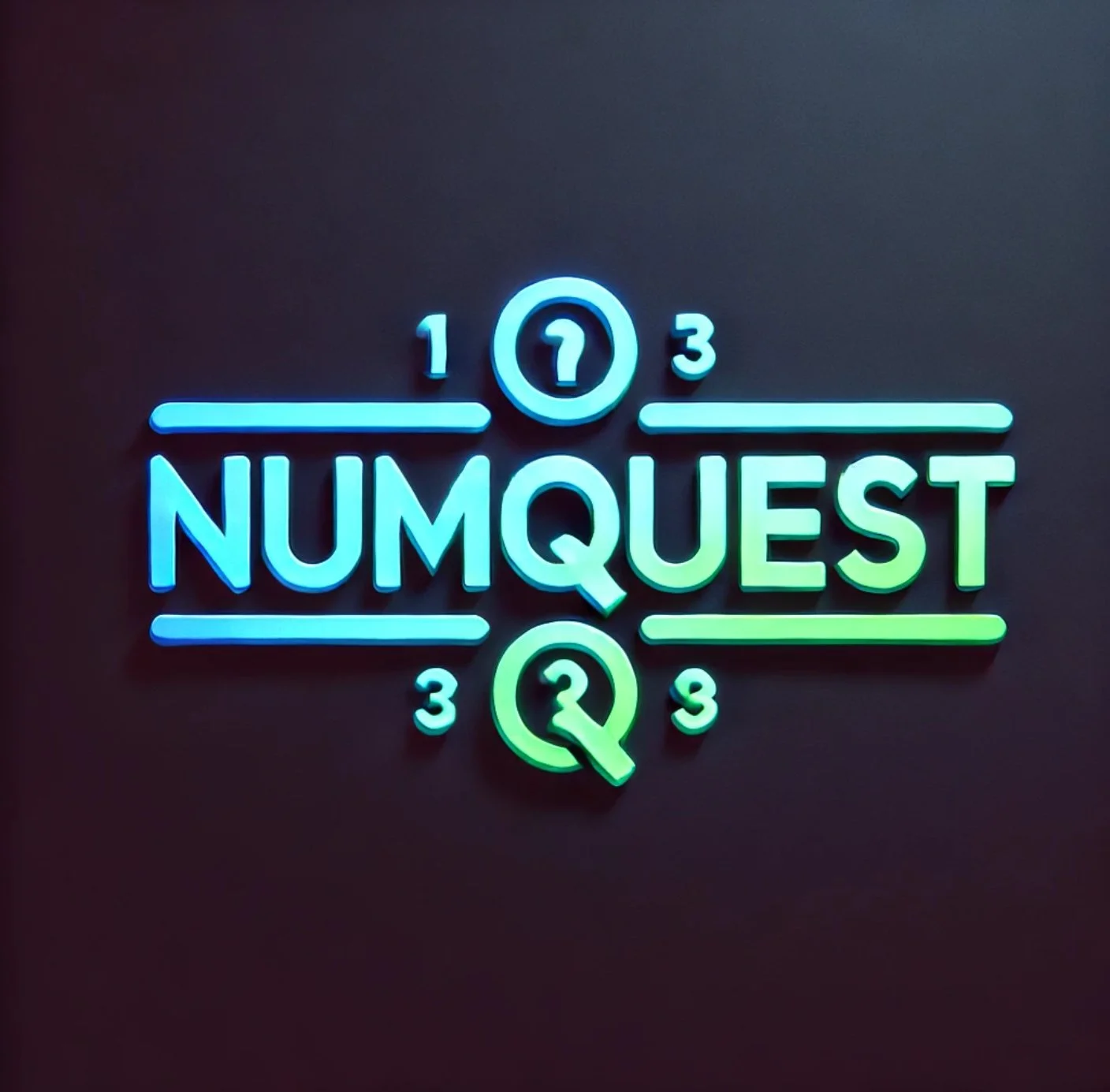
A Collection of My Work: Solutions That Drive Results
Projcects
Battle Simulator 3000
For this class project, my team and I worked together to create a single-player web game. In the game, players choose a character with 4 health bars, each representing one of the MSOE mindset pillars. The goal is to play quick mini-games in the "Minigame Arcade" to earn stars, level up, and unlock treasures. At the end, players challenge a boss character to test their knowledge.
I was part of a group, and we all contributed to different aspects of the game. My role involved helping design the gameplay and developing the mini-games. We had a few weeks to finish the project, but time was tight. One of the biggest challenges was making sure the mini-games were fun but also fit with the educational goals of the MSOE pillars. In the end, we delivered a fully working game with character selection, mini-games, leveling up, and a final showdown with the boss.
NumQuest is a class project for Lab 14 where I created a number-based puzzle game similar to Wordle. In the game, players must guess a secret 5-digit number within five attempts. Each guess is given feedback: green for correct digits in the right place, yellow for correct digits in the wrong place, and grey for incorrect digits. The goal was to develop the game using inheritance, exceptions, and input validation, and also create a UML diagram for submission.
I worked on this project individually within a few weeks' time. My main job was to write the game’s code, making sure it took user guesses, gave the correct feedback, and checked for valid input. I also had to make sure the game would handle mistakes, like if the user entered something invalid. The final deliverable was a working game, a UML diagram, and some extra documentation. A challenge was making sure the game properly validated user input and handled errors correctly.
The Battle Simulator 3000 project was a class assignment where we created a turn-based game where a player battles an evil Mugwump. The outcome of the battle was determined by dice rolls, and players could choose different attack strategies. My task was to write the game’s code using Java, focusing on designing the mechanics of how the dice rolls would impact the outcome of the battle and how different strategies would affect the game. This project was a team effort, and I was responsible for programming the battle mechanics, ensuring that the game ran smoothly, and implementing the logic behind attack choices. The final deliverable was a fully functioning game where players could choose different attack strategies, and the game’s outcome was determined by random dice rolls. We had about two weeks to complete the project. One challenge was ensuring that the dice rolls were random and fair, while also balancing the different attack strategies to make the game interesting and challenging.


